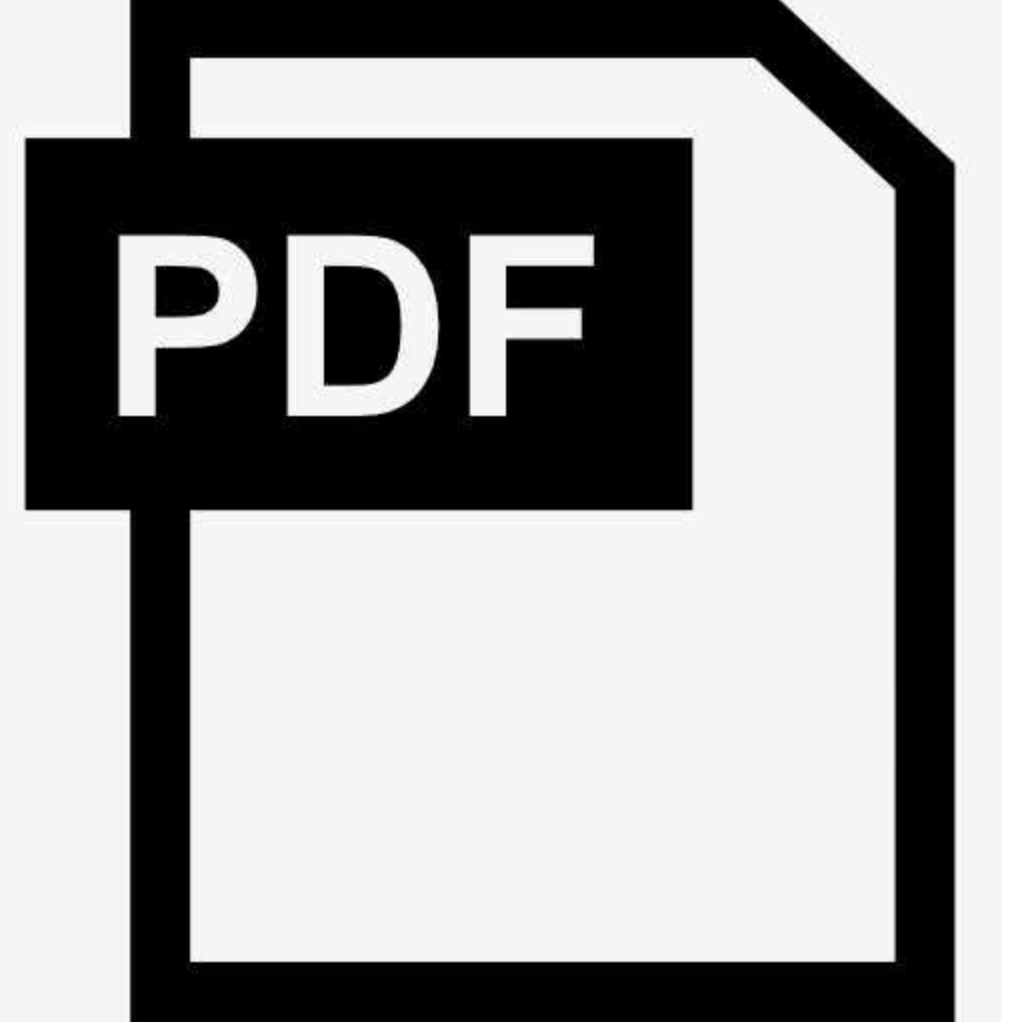Teacher-Generated Spatial-Attention Labels Boost Robustness and Accuracy of Contrastive Models
Yushi Yao, Chang Ye, Junfeng He, Gamaleldin F. Elsayed
Human spatial attention conveys information about theregions of visual scenes that are important for perform-ing visual tasks. Prior work has shown that the informa-tion about human attention can be leveraged to benefit var-ious supervised vision tasks. Might providing this weakform of supervision be useful for self-supervised represen-tation learning? Addressing this question requires collect-ing large datasets with human attention labels. Yet, col-lecting such large scale data is very expensive. To addressthis challenge, we construct an auxiliary teacher model topredict human attention, trained on a relatively small la-beled dataset. This teacher model allows us to generate im-age (pseudo) attention labels for ImageNet. We then traina model with a primary contrastive objective; to this stan-dard configuration, we add a simple output head trained topredict the attentional map for each image, guided by thepseudo labels from teacher model. We measure the qual-ity of learned representations by evaluating classificationperformance from the frozen learned embeddings as wellas performance on image retrieval tasks. We find that thespatial-attention maps predicted from the contrastive modeltrained with teacher guidance aligns better with human at-tention compared to vanilla contrastive models. Moreover,we find that our approach improves classification accuracyand robustness of the contrastive models on ImageNet andImageNet-C. Further, we find that model representationsbecome more useful for image retrieval task as measuredby precision-recall performance on ImageNet, ImageNet-C,CIFAR10, and CIFAR10-C datasets.


